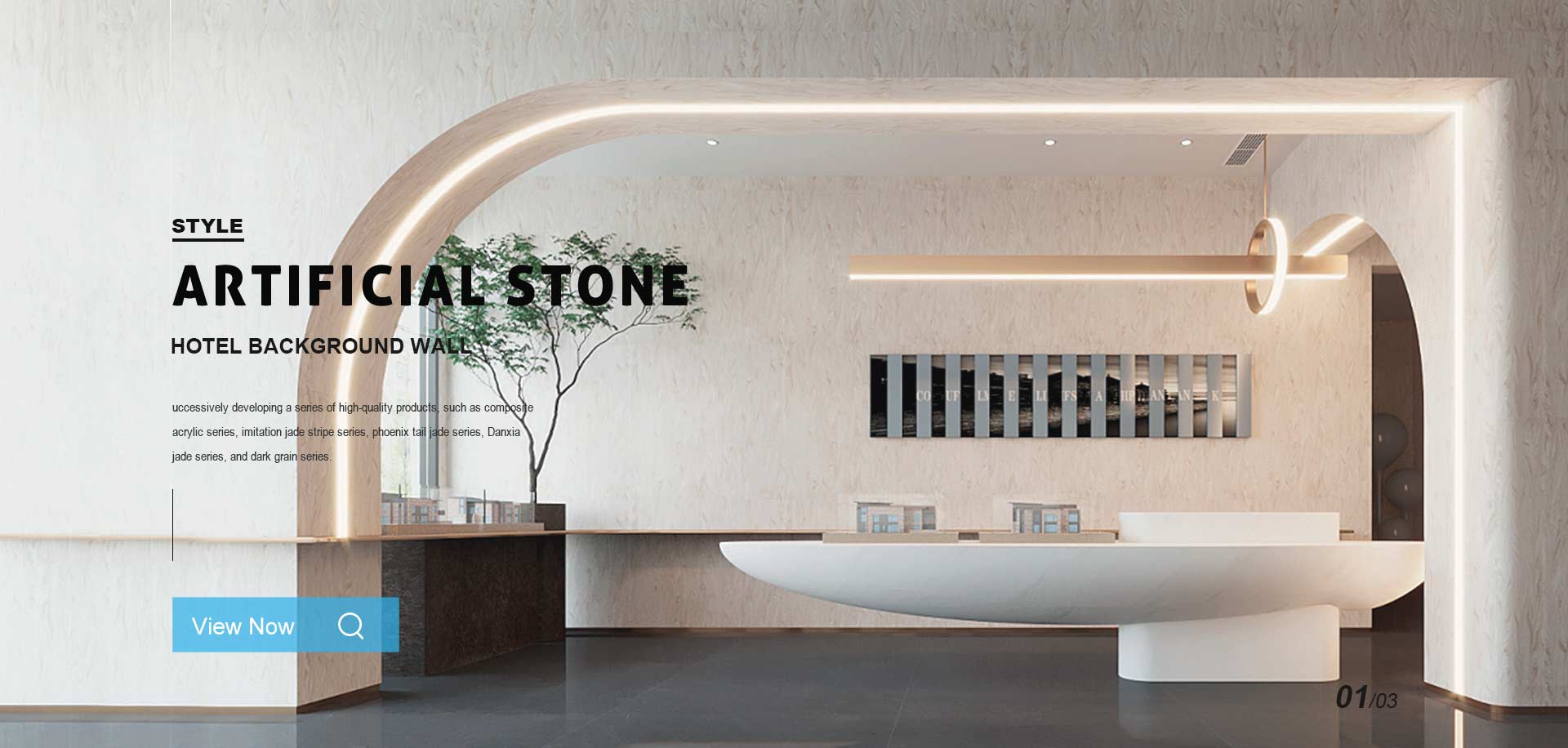In the dynamic landscape of bathroom design, the choice of countertops and sinks plays a pivotal role in shaping both the aesthetic and functional aspects of the space. This article aims to explore and compare the advantages of Solid Surface Bathroom Countertops with Integrated Sinks against traditional countertops, delving into differences in appearance, maintenance, and durability.Aesthetic SophisticationSolid surface bathroom countertops with integrated sinks offer a seamless and modern aesthetic. The absence of visible seams creates a sleek, continuous surface, enhancing the overall contemporary appeal. In contrast, traditional countertops may have noticeable seams, potentially impacting the visual harmony of the bathroom.
Design VersatilityIntegrated sinks in solid surface countertops provide designers with greater flexibility in terms of shapes and configurations. This allows for customized designs that cater to individual preferences. Traditional countertops, while diverse in design, may not achieve the same level of integration and fluidity in appearance.
Seamless IntegrationOne of the standout advantages of solid surface countertops is the integration of sinks directly into the material. This eliminates seams and joints where dirt and bacteria could accumulate, ensuring a cleaner and more hygienic bathroom environment. Traditional countertops, with their separate sinks, may require more attention to cleaning and maintenance in these areas.
Ease of Mainten





